
| Recorded by: David George, Rich Teper on 2024-05-13
Chatham Co.
Comment: | 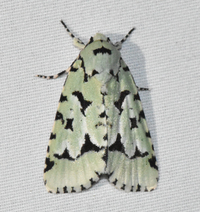
| Recorded by: Emily Stanley on 2024-04-30
Buncombe Co.
Comment: |

| Recorded by: tom ward on 2023-09-02
Buncombe Co.
Comment: | 
| Recorded by: Stephen Hall on 2023-06-14
Orange Co.
Comment: |

| Recorded by: Jim Petranka on 2023-04-29
Madison Co.
Comment: | 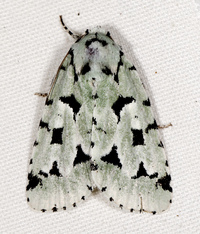
| Recorded by: John Petranka on 2022-05-25
Orange Co.
Comment: |

| Recorded by: Jim Petranka on 2021-05-31
Madison Co.
Comment: | 
| Recorded by: Vin Stanton on 2021-05-27
Buncombe Co.
Comment: |

| Recorded by: Jim Petranka on 2021-05-20
Madison Co.
Comment: | 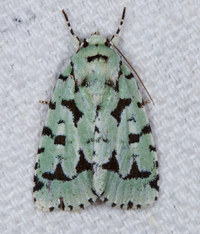
| Recorded by: Jim Petranka and Becky Elkin on 2020-09-05
Madison Co.
Comment: |
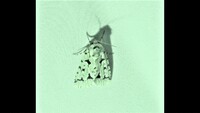
| Recorded by: Darryl Willis on 2020-08-09
Cabarrus Co.
Comment: | 
| Recorded by: Steve Hall on 2020-05-26
Orange Co.
Comment: |

| Recorded by: Stephen Hall on 2019-07-29
Orange Co.
Comment: | 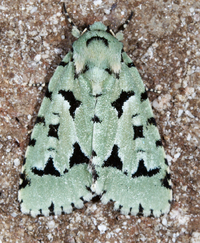
| Recorded by: Jim Petranka and Becky Elkin on 2019-04-28
Madison Co.
Comment: |
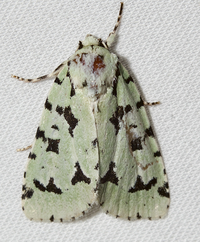
| Recorded by: Jim Petranka and Becky Elkin on 2018-05-30
Madison Co.
Comment: | 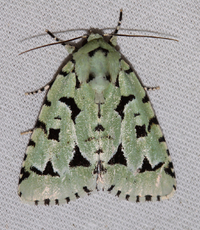
| Recorded by: Jim Petranka and Becky Elkin on 2013-08-11
Madison Co.
Comment: |

| Recorded by: Paul Scharf on 2013-08-04
Warren Co.
Comment: | 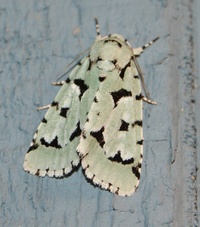
| Recorded by: Vin Stanton on 2011-04-26
Buncombe Co.
Comment: |
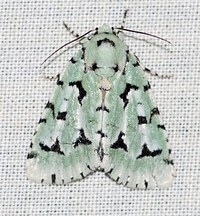
| Recorded by: Paul Scharf on 2010-09-13
Warren Co.
Comment: |

 »
»




 »
»


